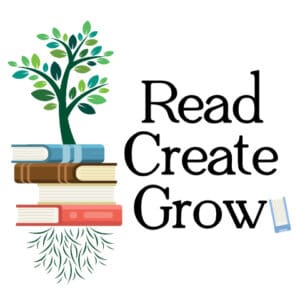Children are naturally curious, and reading nonfiction books intensifies curiosity and brings out wonder in the world, all while building vocabulary and broadening your child’s general knowledge, read more about the importance of general knowledge here. Nonfiction books give so many opportunities to explore things beyond your own home. Your child can learn about exotic animals, far away countries, different foods or holidays, the possibilities are endless.
How to Read Nonfiction
The goal is to both read and understand informational books. There is more to understanding a book than reading every single word front to back and then moving on to the next book. Try these nine steps to reading nonfiction books with your child. Not only will they learn lifelong techniques on how to get the most information from a book, they will gain more actual knowledge from the book than if they had just read cover to cover.
Step 1: Find a great book
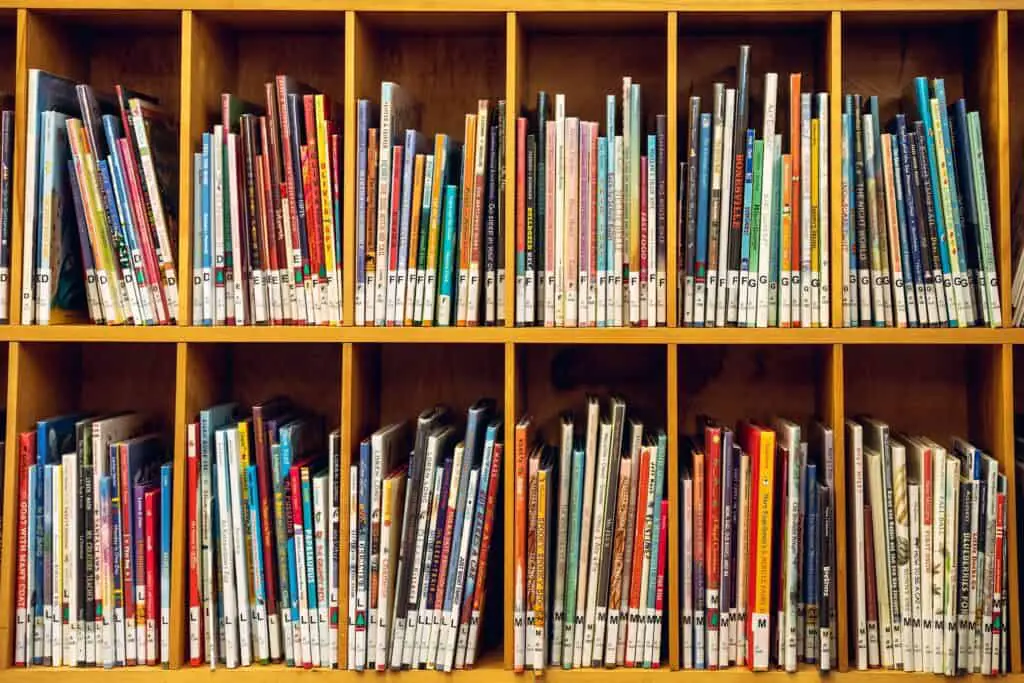
Informational books these days are full of pictures and colorful infographics. The text is written in a fun and engaging way that will keep kids interested and make it easier to read aloud. Start with a subject your child is interested in and go from there.
If your child has read every book about Golden Retrievers (or whatever) on the shelf, look for a related topic. Is there a book about dog breeds that are similar? What about a book on unusual pets? Or what kind of animals people in other parts of the world keep as pets? Find something closely related to the beloved subject and look for ways to branch out. Ask a librarian to help.
Step 2: Examine the cover
The cover of a book is full of information. Who wrote the book? If your child is young you can take that moment to explain what an author does. Repeat the process if there is an illustrator listed on the cover. Take a moment to look at the cover art. What is it? How was the cover illustrated? Is it a photograph, or was it painted? Do you think this will say something about the other illustrations inside? What’s on the back of the book? The inside flaps?
All of these areas are places we look for information as an adult, so teach your child how to look for information there as well. These areas also frequently feature information about the author which can help tell you if the author is a reliable source of information.
Step 3: Look at all the parts of the book
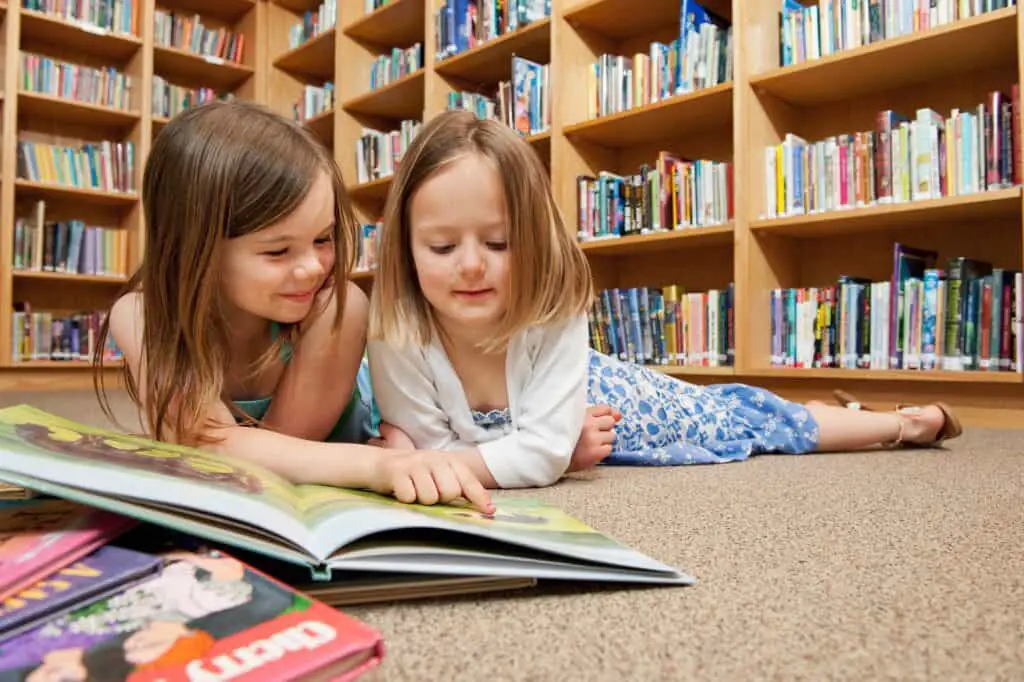
Now take a look at all the other parts of the book. Start by reading the Table of Contents. It is called that for a reason, it features all the contents of the book. Read each chapter title, can you see the progression of the information? Is there a chapter that sounds very exciting? Are there any words your child does not know right now? Write down those words, and see if you can define them by the end of the book. If you want to know now, look for a glossary in the back of the book.
Next, Look at the index of the book, and try out a reference. Pick a word in the index at random and find the subject in the book on the given page. Testing out this process will teach your child how to search for information independently. Now flip through the book. Are there charts or tables? Take a moment to look at how they work and explain how to read them.
Step 4: Read the pictures
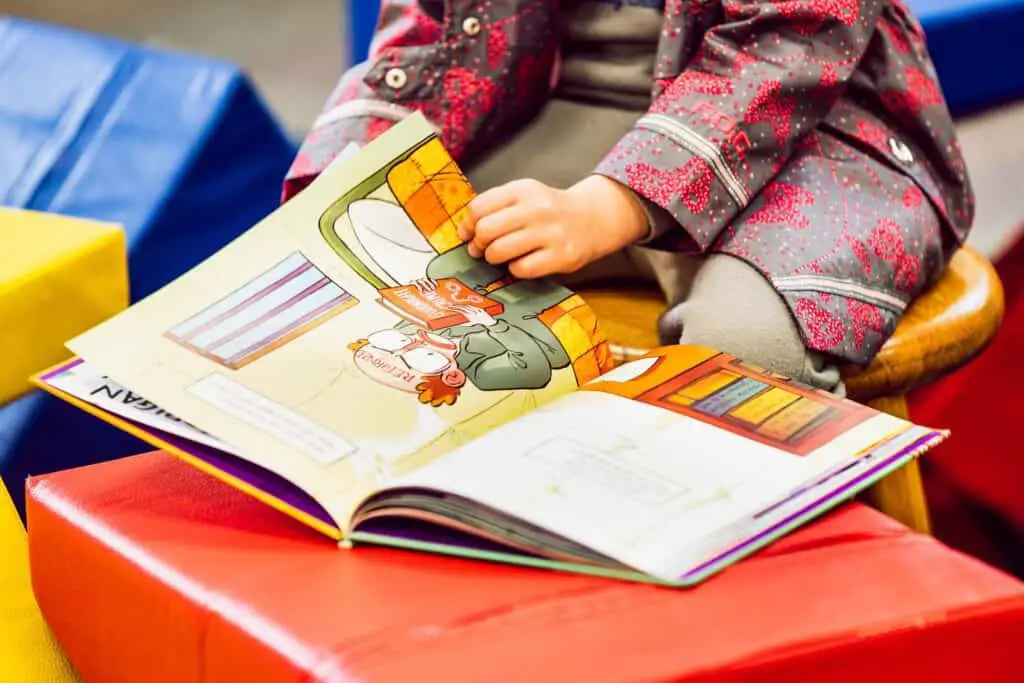
As you read the book, take time to talk about the pictures, just like you would with a picture book (click here to check out how to read a picture book). What is happening in the photo? Talk about color, size and number. If you are reading a book about giraffes, how many do you see in the photo? What is unique about them? What does the illustration’s caption say? Be sure to take time to read that as well. Some students are visual learners so this is valuable for older readers as well so be sure to take the time to look at photos and illustrations.
Step 5: Talk about text structure
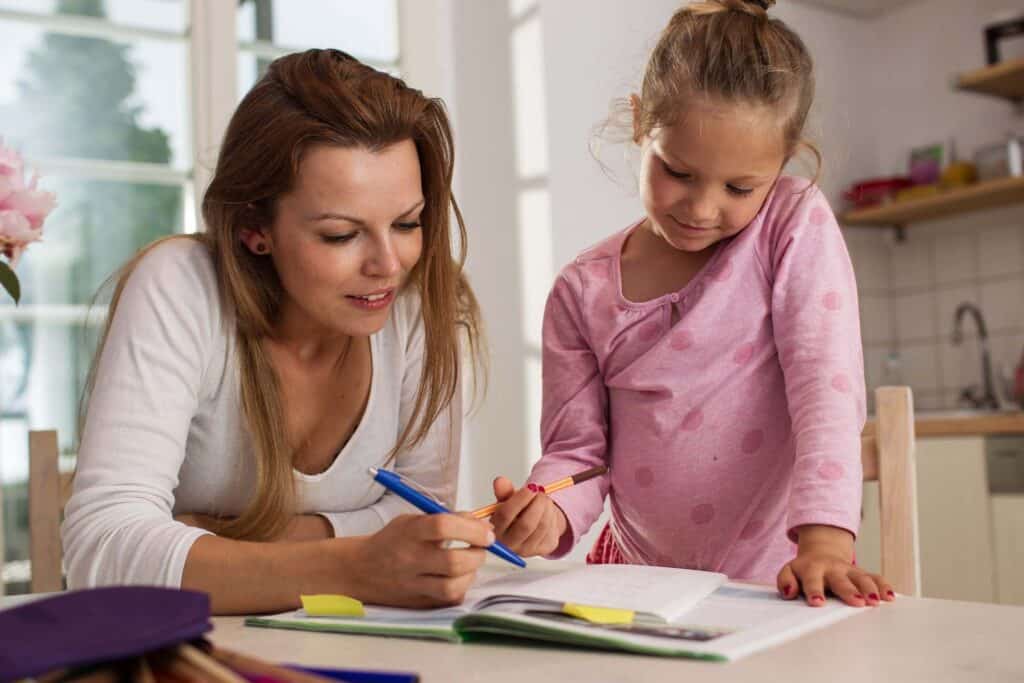
There are five main text structures nonfiction writers use: descriptive (describes or gives information), sequential (gives an order of how something is done), compare and contrast (talks about how two or more things are similar or different), cause and effect (relationships between things) and problem and solution (identifies a problem and gives solutions). As your child’s reading level increases you will see more of the latter or more of a mix of all five kinds.
Younger nonfiction books, like those about animals or trains or jobs will likely focus on things like descriptive and compare/contrast structure. Nonfiction books for older readers will likely have more text structures about cause/effect and problem/solution which will require more critical thinking than pure absorption of information. See if you and your child can identify the different ways the author talks about the subject and try to find the kinds of text structures they use. If your child is in kindergarten or younger, you can still talk about this. Just say something simple like, “This book lists lots of facts about trucks,” and now you have just explained descriptive text structure!
Step 6: Make connections to real life
If you are learning a about a new concept and are able to make a connection to your own life, it makes it easier to remember and understand, right? Right. Try to help your child make connections. Have you read other books about this subject? Do you come in contact with this subject (or idea) in your regular life?
Try predicting or guessing. Ask your child if they can guess what might happen next? What do they think they will learn? If your child is older and reading on their own, ask them questions about what they are reading and have them make the connections for you. This gets them engaged in critical thinking skills and improves understanding and subject memory.
Step 7: Take notes
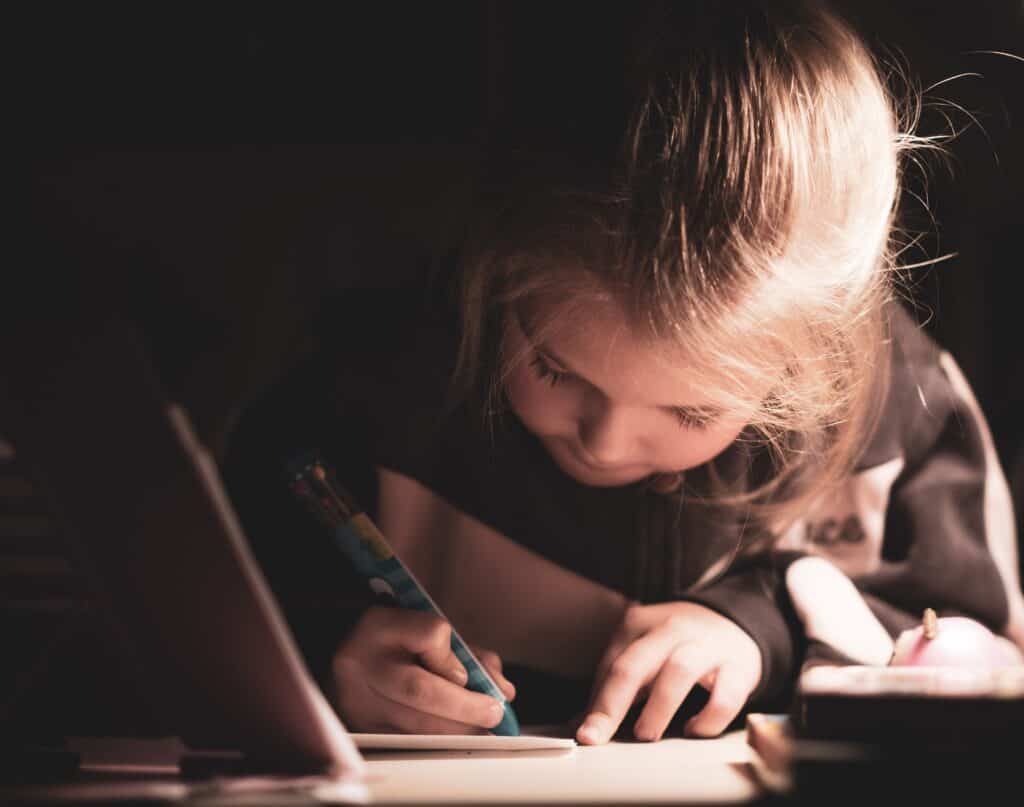
If your child is old enough to write fluidly, they are probably learning to take notes in school. Try keeping notes while they read, just be sure it is all in the same place. Whether they prefer to hand write their notes, use an app like Ever Note or keep files on a computer, just make sure that the notes for that book are all in one place so they don’t get lost.
If your child’s teacher does not have a required method for note taking, try the Cornell Method. Draw a T shape across the page. In the left-hand column write questions, subject headings or chapter titles. In the right-hand column write bullet notes related to it. At the bottom of each note page write a 1-2 sentence summary of the notes on that page.
Step 8: Check for understanding
Can your child summarize what you read about? You don’t have to wait until the end of the book to ask this. If the book has a few chapters stop at the end of every chapter and check for understanding. If your child is young you can stop every couple of pages and do this check as well to make sure the concepts are clear and no new vocabulary is being over looked. Remember the vocabulary list you made after you read the table of contents? Go back over it and see if your child can tell you what those words mean now. If not, try the glossary again to look them up.
Step 9: Read more about it
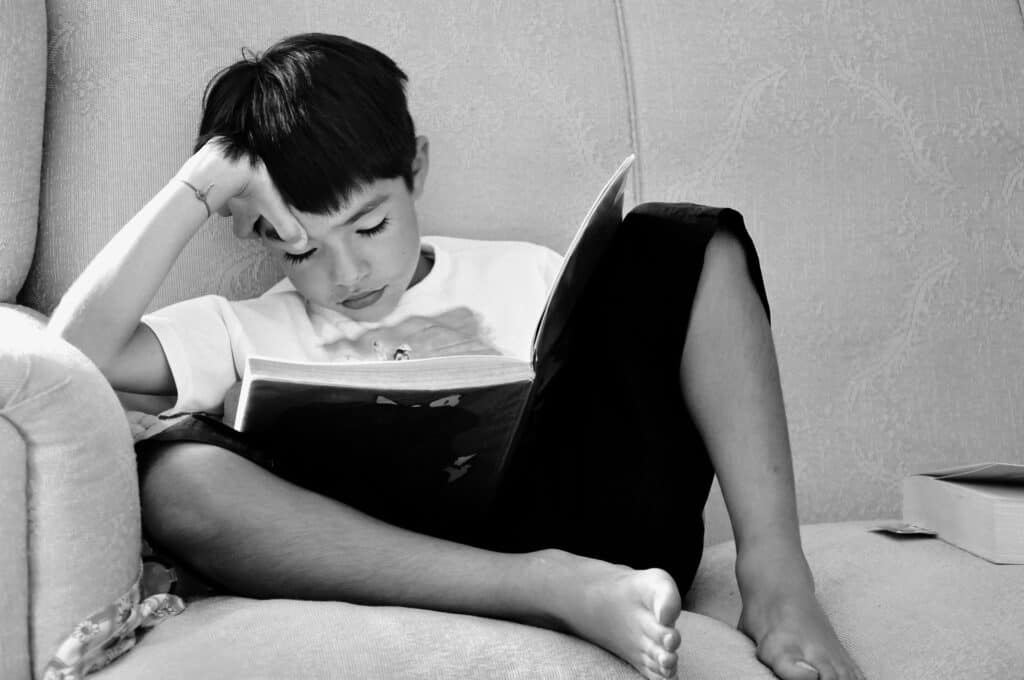
After finishing one book on a subject try picking up one or two others as well. This will give your child different perspectives, new insight and information, and help solidify the things they learned. Repetition is the key to understanding and retaining new information. So repeat this process with a few more books on the same subject and your child will have it down in no time.
References
Barnyak, N.C., McNelly, T.A. The Literacy Skills and Motivation to Read of Children Enrolled in Title I: A Comparison of Electronic and Print Nonfiction Books. Early Childhood Educ J 44, 527–536 (2016). https://doi.org/10.1007/s10643-015-0735-0
Gill, S.R. (2009), What Teachers Need to Know About the “New” Nonfiction. The Reading Teacher, 63: 260-267. https://doi.org/10.1598/RT.63.4.1
Young, T. A., Moss, B., & Cornwell, L. (2007). The Classroom Library: A Place for Nonfiction, Nonfiction in its Place. Reading Horizons, 48 (1). Retrieved from https://scholarworks.wmich.edu/reading_horizons/vol48/iss1/3
Parlakian, R and MacLaughlin S. “Read Early and Often.” Zero to Three. Retrieved from: https://www.zerotothree.org/resources/1833-read-early-and-often
